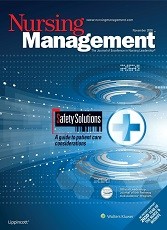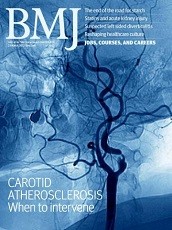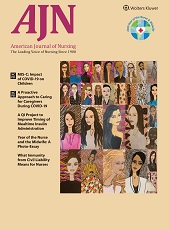Leah L Curtin

(This lengthy editorial was repeated verbatim in 1993. It includes the following)
Extract
“No nurse should be required to give any drug if (a) she is not competent to give it or (b) she has problems of conscience with regard to its administration. If, for these reasons, a nurse refuses to give a drug, another nurse may do so. The original nurse should receive inservice and/or counseling. If she still has conscientious objections, she should not be coerced. The patient’s right to have/refuse a drug should be protected by meticulous adherence to the principles and procedures of informed consent. However, his right to the drug is not greater than another human being’s (the nurse’s) obligation to practice with integrity. Therefore, if one nurse will not give the drug – the head nurse, coordinator or supervisor should give the drug.” If none of these nurses can, in conscience, administer the drug, then the physician who ordered it must give It himself or find another physician who will do it for him..
Curtin LL. (Editorial) A Nurse’s Conscience. Nurs Manag. 1983 Feb;14(2):7-8


